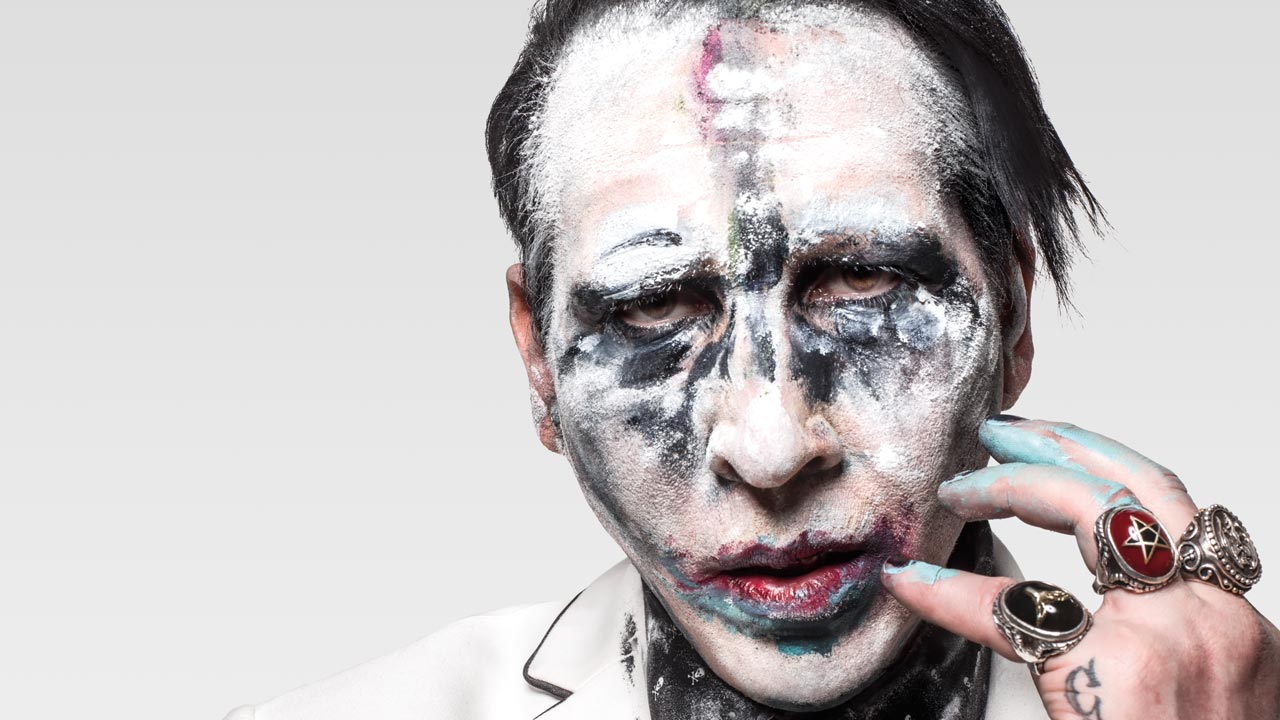The release of Marilyn Manson’s 1994 debut Portrait of an American Family ushered in a new shock rock anti-hero, one who made parents across the United States blanche in horror. And now, some 25 years later, the self-styled God Of Fuck has diversified from creeping out the establishment by releasing his own make of absinthe, modelling, acting, painting, as well as publishing his no-holds-barred autobiography The Long Hard Road Out of Hell. But it’s the 10 studio albums that we’re bothered about right now - and we're here to declare which one is best and which one is best forgotten…

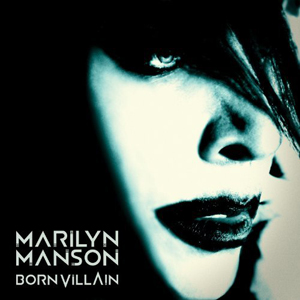
10) Born Villain (2012)
Let’s start with the runt of the litter. Heralded as Manson’s comeback following two apparently dodgy records and a sloppy Download Festival show in 2009, Born Villain is frontloaded and suffers terribly for it. The subdued electronic beats and polished, shiny production values are akin to With Teeth-era Nine Inch Nails, channelling that mid-tempo, laid-back industrial swagger with the likes of No Reflection and Pistol Whipped; Slo-Mo-Tion slithers along like a Mechanical Animals b-side and Murderers Are Getting Prettier Every Day is a certified, iron-clad rager. Apart from this handful of songs, the tunes just aren’t there; the second half of this hour-long slog has maybe one track worthy of Manson’s legacy, cementing its place in the gutter with that cover of You’re So Vain. In short, it’s a slightly disappointing yet necessary piece of the Manson puzzle which paved way for 2015’s The Pale Emperor. More on that later.
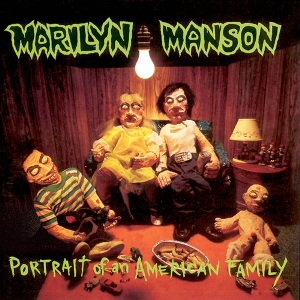
9) Portrait Of An American Family (1994)
This is the Manson band at their silliest and spookiest, with their titular singer proclaiming that he is, in fact, the God of Fuck during opener Cake and Sodomy. A damning critique of a talk show-obsessed, sofa-ridden USA, Portrait of an American Family antagonises and exposes the hopes, fears and overbearing hypocrisy of Manson’s home country. Lunchbox, Get Your Gunn, Wrapped In Plastic and Dope Hat are the catchiest of the lot, sharing wacky, stomping hooks with the likes of Jack Off Jill et al. Samples are pulled from serial killer testimonials, children’s stories and even The Crazy World Of Arthur Brown, creating an oxymoronic melting pot of themes that Manson would dip into with later records. The raw vocals, hokey samples and the nihilistic Trent Reznor production job could all be used as excuses as to why Portrait… isn’t heralded as a modern classic. The real reason? It isn’t the finished article.
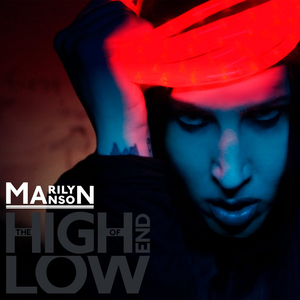
8) The High End Of Low (2009)
Manson’s ‘post-breakup’ album recalls his earlier albums; rife with sheer loathing, faux-fascist imagery and an obsession with the number 15. While he wasn’t on great form through The High End Of Low’s promo cycle – forgetting lyrics at Download was just embarrassing – the record was more than decent. It’s bluesy, ballsy and packed with anthems: Leave A Scar, Arma-Goddamn-Motherfuckin-Geddon and We’re From America ace the singles from 2007’s Eat Me, Drink Me, helped in no small part by the reinstatement of Twiggy Ramirez. This album, much like Born Villain, lays down the bluesy swagger that The Pale Emperor would later perfect, and sounds like the trailer music for every post-apocalyptic game that’s come out since Resistance: Fall Of Man. A strong outing from Manson, just slightly spoiled by too much filler – WOW and Unkillable Monster are two such examples – and that ridiculous scream opening I Have To Look Up Just To See Hell.
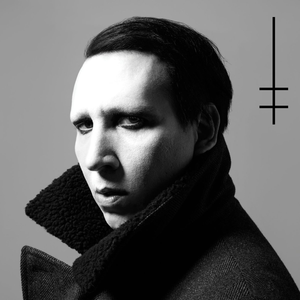
7) Heaven Upside Down (2017)
Taking everything he’d done over the past decade and throwing it into the arms of now-established bandmate/bestfriendforever/life partner Tyler Bates, Manson’s latest album, Heaven Upside Down, is a topsy-turvy sort. Leaning on the sleaze of his late-noughties/early-teens output, it’s not exactly classic material, even though stuff like WE KNOW WHERE YOU FUCKING LIVE and Revelation #12 revels in that anaemic, wiry guitar tone harking back to Antichrist Superstar. Record number ten is a solid effort, but detours like the objectively silly JE$US CRI$I$ stop it crawling any higher up the list.
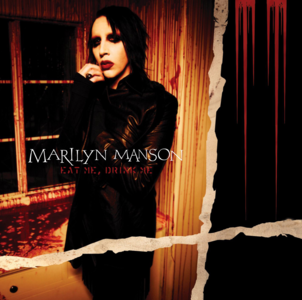
6. Eat Me, Drink Me (2007)
This release is not as bad as you remember. Eat Me, Drink Me was the first time anyone realised Manson had actual feelings, slapping that juicy heart on his sleeve following a divorce from Dita Von Teese and subsequent canoodling with Evan Rachel Wood. Vampires, surrealist art and other bits are referenced, but this is widely regarded as ‘the breakup album’, with Manson presented as just a human being. With Tim Sköld on board, you’d expect a barrage of Teutonic noise but Eat Me, Drink Me is basically Manson’s take on minimalistic, gothic arena rock. Evidence is an underrated gem and Heart-Shaped Glasses is as mushy and catchy a love song you’ll catch the band performing. While this is by no means a classic, it’s a genuinely exciting peek into the inner-workings of Marilyn Manson’s mind.
- Why Marilyn Manson can thank Elle MacPherson for this iconic album sleeve
- Marilyn Manson: Goth Icon Through The Looking Glass
- The 13 best Marilyn Manson videos
- Marilyn Manson: The Story Of Holy Wood (In The Shadow Of The Valley Of Death)

5. The Golden Age Of Grotesque (2003)
Unlike Eat Me, Drink Me, The Golden Age Of Grotesque is undeniably influenced by Sköld’s time in KMFDM, dishing out fat staccato riffs at such a rate they should have just kept going and given them to Rammstein to use. Yes, there’s still a concept, but the perverted, burlesque sense of fun sort of overrides it – arguably for the first time in Manson’s career. (s)AINT and mOBSCENE lead the charge, with heavier, chant-along anthems like Use Your Fist And Not Your Mouth and Doll-Dagga Buzz-Buzz Ziggety-Zag padding out the heavier end; the sexy, vaudevillian stuff is covered with the title track and Vodevil, too. Switch your brain off and bang your head, then possibly dress up as Mickey Mouse and kick guitarist John 5. Or maybe not. He wasn’t happy about that.
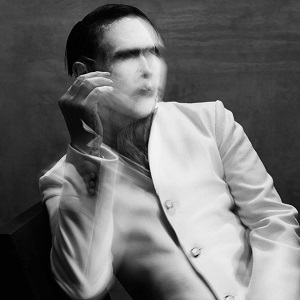
4. The Pale Emperor (2015)
Finally, after over a decade, The Pale Emperor serves as a worthy successor to The Golden Age Of Grotesque. The bluesy menace is dragged right up, with Manson’s vocals rawer than hour-old abattoir meat. The focus is fully on songwritingagain, blasting through Killing Joke and The Cure reference points as much as there are nods to Ministry and Godflesh. Deep Six could have been culled from The Golden Age… while the grinding, pessimistic nature of the rest are next of kin to Holy Wood, with Killing Strangers and Warship My Wreck fitting the bill like one of Manson’s sweaty, leathery gloves. A return to the most fabulously furious of forms.
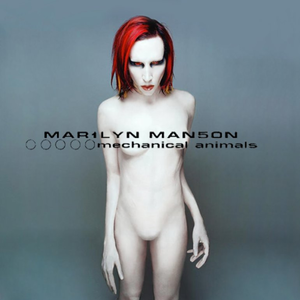
3. Mechanical Animals (1998)
Now onto the serious stuff. The unholy triumvirate. Mechanical Animals sits neatly between Antichrist Superstar and Holy Wood, not really sounding like either of them. His radical change of image and sound garnered comparisons to David Bowie and that’s the calibre of musicianship we’re talking about here; The Last Day On Earth and Coma White as a couplet could arguably be the band’s most emotional output to date. As for club-ready, bigger-than-Jesus bangers? The Dope Show. Rock Is Dead. I Want To Disappear. Electronic-spiked, grunge-tinged, ever so slightly glammed-up heavy metal delivered by a Manson on unstoppable form – there’s even dashes of funk on I Don’t Like The Drugs. It’s completely fearless. The Manson on Antichrist Superstar was a feckless, feral nihilist, but the flamboyant, completely unafraid vocal delivery on Mechanical Animals secured his place within the list of all-time greatest frontmen, on Planet Earth or otherwise.
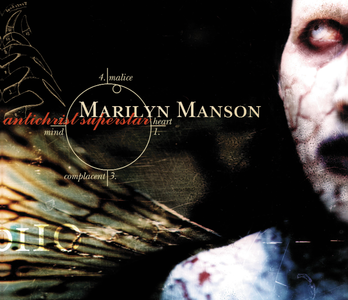
2. Antichrist Superstar (1996)
You thought this was going to be Number One, didn’t you? Sorry. Antichrist Superstar is a 10-out-of-10 Hall Of Fame-worthy record, so to come in second just goes to show how good Manson can be. The album’s highlight is clearly The Beautiful People; its tribal drumming, whispered verses and a classicmusic video exposed a terrified generation to Manson and this bleak, twisted record. Produced like the piss of Satan trickling through a cafetiere, Antichrist Superstar’s anaemic riffs drill through the ears amidst squelching industrial and chants that’ll be in your head until you’re six feet under: Irresponsible Hate Anthem and The Reflecting God are such examples, with Twiggy’s bassline on the latter refusing to lose its potency two decades on. 1996 even tackles balls to the wall, ferocious punk‘n’roll – in classic Manson fashion, of course. And Man That You Fear is still terrifying. The entire record still elicits goose bumps and inspires nightmares. Put simply, Antichrist Superstar is so, so fucking savage yet still debuted at Number 3 on the Billboard charts. And that was it. Marilyn Manson was the devil in the details, the ugly face of society that you just couldn’t ignore any longer. The antichrist superstar.
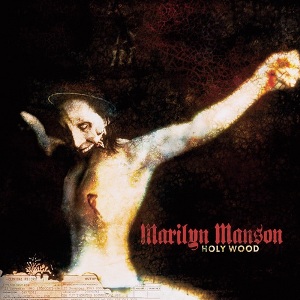
1. Holy Wood (In The Shadow Of The Valley Of Death) (2000)
Marilyn Manson as the crucified Christ: that’s the cover and that’s what he was. A scapegoat to some and a martyr to others, but every household in the land knew his name following the Columbine shootings of 1999. The horror was pinned on Manson and instead of just taking it, he respectfully cancelled his remaining shows, hid away and recorded his masterpiece: Holy Wood. No stone is left unturned as guns, god and government are all taken down a peg or 15, the sardonic sonic rage of Antichrist Superstar brought back and infused with Manson’s sharpest set of lyrics. Fight Song and Disposable Teens are rock club classics but even they’re disgusting, spiteful attacks on America. The juddering Cruci-fiction In Space. The fucked-off, relentless groove and rage of Burning Flag. The full-on industrial of King Kill and the chilling, closing throes of Count To 6 & Die. It’s all there. It’s all perfect. Manson has yet to better Holy Wood and that’s fine – nobody’s really bettered it. The flow of the record, the delivery of its concept, the clarity with which it strikes its opponents. A gargantuan artistic feat that will go down in history as Manson’s defining statement.
